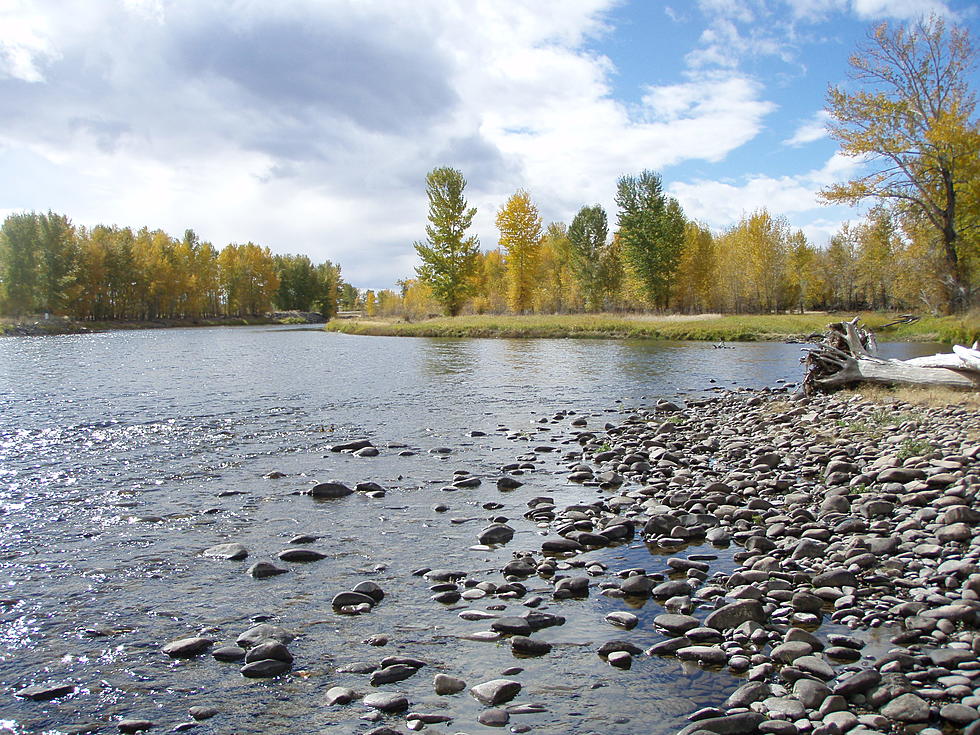
River Flows Are On The Rise In Montana
Mother Nature is keeping us on our toes. We go from months of above average snowfall coupled with below-average temperatures, to several days of above-average temps, (some 20+ degrees warmer than average). Things are melting, fast.
Before we get into the numbers, go ahead and click play on this track and that will set the mood.
Throughout the winter we kept an eye on the state snowpack levels, and Montana ended up in really good shape. Most of the state ending the snow year at least in the ‘normal’ band, and a really large chunk of the state was well over the average.
With the 70+ degree days and deep snowpack, water levels are on the rise, in a big way.
The Jefferson River near Three Forks is currently at 4750 Cubic Feet per Second (CFS). The flow has more than doubled in the last week, from 2170 CFS last Wednesday. You can see the sharp rise in the CFS on this graph, the orange represents water flow this past week, the purple line is the same timeframe from a year ago.
The average CFS on the Jefferson for this timeframe is 2500-2800. The record-high reading for today is 5740 CFS. That number dates back to 1981.
The Madison River gauge near Cameron shows a steep orange line as well. The current reading on this section of the Madison rests at 1410 CFS, compared to last year’s reading of 797 CFS. The Madison graph also shows us a median reading of 1100.
The last graph I (personally) wanted to look at was the Big Hole River at Melrose. The Big Hole numbers are always going to be a lot more… dramatic, with no dam to regulate and control its flows the Big Hole rolls with Mother Nature. You can really see that in the graph. A steep steady streamflow climb, matching our hot temperatures, and also the median streamflow (the dotted line) shows that the Big Hole is rolling heavy today, as well as historically, on May 3rd. The graph also shows last year’s flow, which was nowhere near the average, and nearly 3000 CFS below today’s streamflow.
If you are headed out to the river to fish or float, make sure to pack and USE your life vests. Water levels are high, fast, and dangerous. You can find the statewide streamflow information on the USGS website.

10 Deepest lakes in the World
Know Your Butte History: Standing Mine Headframes
More From 95.5 KMBR









